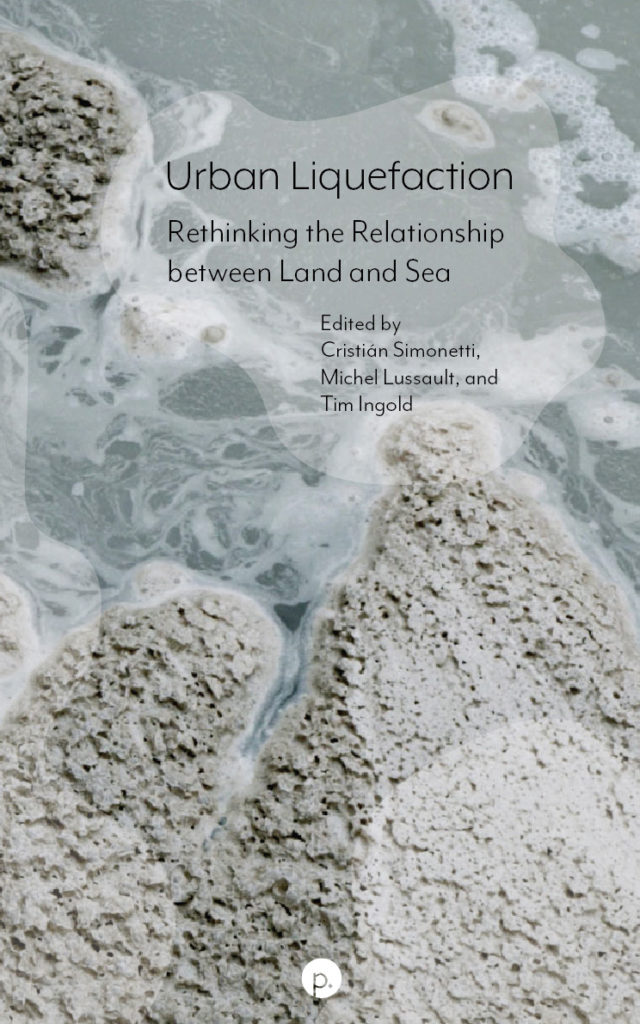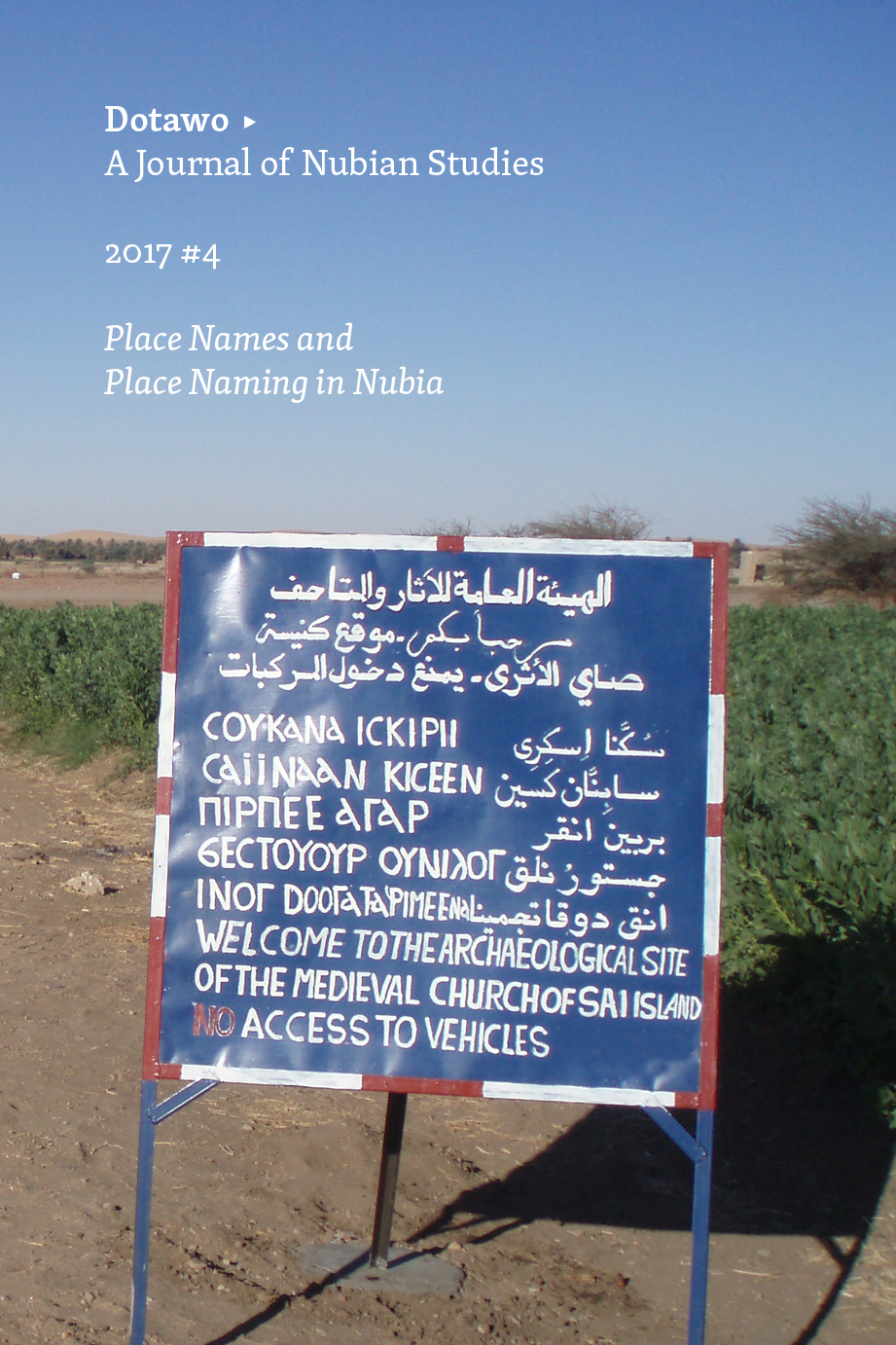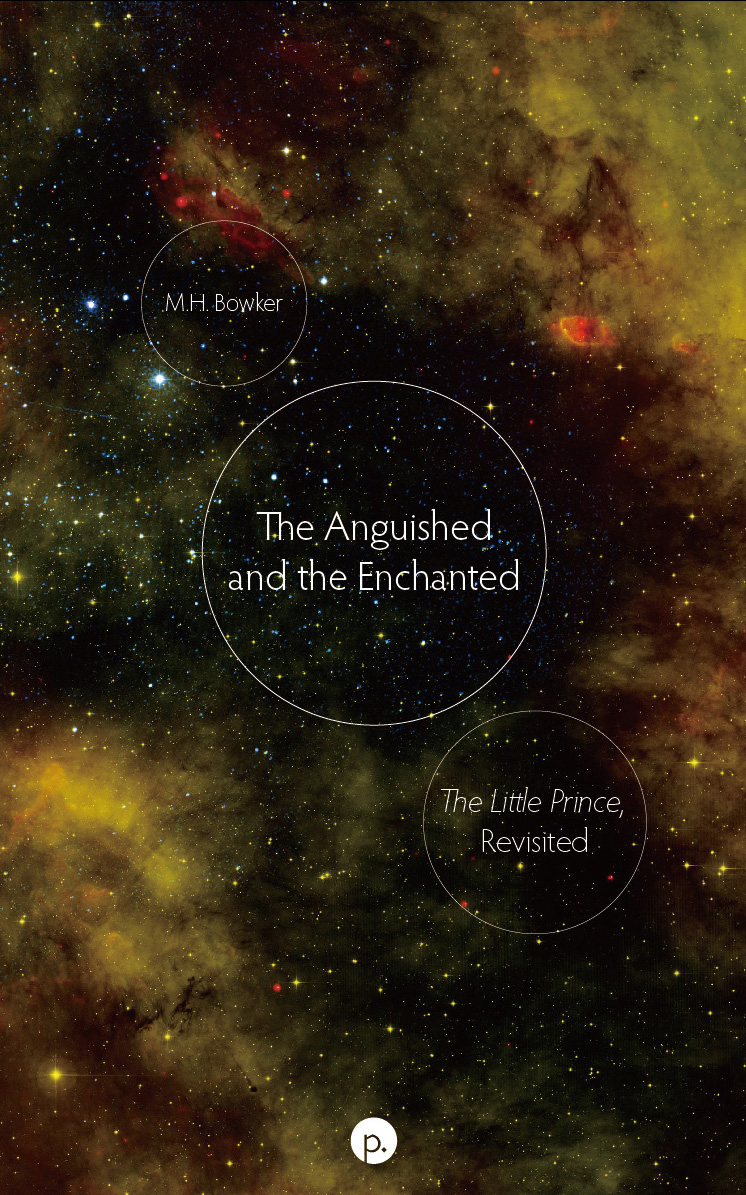From classical times until today, cities have been conceived in the western imagination as ideally confined to the fixities of the land, a space defined in opposition to the fluxes of the sea. Whereas solid land afforded a durable platform for the establishment of property and citizenship, the fluid sea allowed markets—isolated within the secure boundaries of cities—to be connected across the globe though navigation.
Urban Liquefaction: Rethinking the Relationship between Land and Sea attends to the concurrent tensions between solidity and fluidity, permanence and impermanence, and substance and change that remain at the core of the western intellectual tradition, often dividing what is perceived as social from what is perceived as natural in life. Sea level rise poses unprecedented threats to this oppositional relationship, forcing us to reconsider the tension between solidity and fluidity in the design of the built environment. Nearly ten per cent of all major cities are likely to be impacted by sea level rise in the coming decades, compromising the necessary infrastructure on which urban life depends. In reality, urban landscapes have been continually in flux, which becomes dramatically visible to urban dwellers mostly in catastrophic events such as earthquakes, tsunamis, alluvions, sinkholes and, above all, soil liquefaction.
Urban Liquefaction gathers contributions from scholars and practitioners working across continents and fields interested in urban life in (and after) the Anthropocene, including anthropology, archaeology, art, architecture, design, human geography and science studies, to open up an inquiry into these categorical tensions and to speculate on alternative futures for the built environment.
About the Editors
 Cristián Simonetti is Associate Professor in the Department of Anthropology and researcher at the Centre for Concrete Innovation of the Pontificia Universidad Católica de Chile. His work has concentrated on how bodily gestures and environmental forces relate to notions of time in science. More recently he has engaged in collaborations across the sciences, arts, and humanities to explore the environmental properties of materials relevant to the Anthropocene. He is the author of Sentient Conceptualizations: Feeling for Time in the Sciences of the Past (Routledge, 2018), co-editor of Surfaces: Transformations of Body, Materials and Earth (Routledge, 2020), and co-editor of a special issue of the journal Theory, Culture & Society entitled “Solid Fluids. New Approaches to Materials and Meaning” (2022).
Cristián Simonetti is Associate Professor in the Department of Anthropology and researcher at the Centre for Concrete Innovation of the Pontificia Universidad Católica de Chile. His work has concentrated on how bodily gestures and environmental forces relate to notions of time in science. More recently he has engaged in collaborations across the sciences, arts, and humanities to explore the environmental properties of materials relevant to the Anthropocene. He is the author of Sentient Conceptualizations: Feeling for Time in the Sciences of the Past (Routledge, 2018), co-editor of Surfaces: Transformations of Body, Materials and Earth (Routledge, 2020), and co-editor of a special issue of the journal Theory, Culture & Society entitled “Solid Fluids. New Approaches to Materials and Meaning” (2022).

Michel Lussault is Full Professor of Geography and Urban Studies at the University of Lyon, France. He is the former President of the University of Tours (2003–2008) and University of Lyon (2008–2012). His research focuses on the study of global urbanization as a new “milieu” and on urban vulnerability in an anthropogenic world. Since 2010, his research has been addressing “spatial care” in the urban Anthropocene as a new perspective on global change adaptation. In 2017, he was awarded a €10M EU grant (2017–2022) by the French National Program, Investments for the Future to develop a new scientific and graduation program within the University of Lyon, known as the Lyon School of Urban Anthropocene Studies.
 Tim Ingold is Professor Emeritus of Social Anthropology at the University of Aberdeen. He is a Fellow of the British Academy and the Royal Society of Edinburgh, and in 2022 he was made a Commander of the British Empire (CBE) for his service to anthropology. Ingold has carried out fieldwork among Saami and Finnish people in Lapland, and has written on environment, technology, and social organization in the circumpolar North, on animals in human society, and on human ecology and evolutionary theory. His more recent work explores environmental perception and skilled practice. Ingold’s current interests lie on the interface between anthropology, archaeology, art, and architecture.
Tim Ingold is Professor Emeritus of Social Anthropology at the University of Aberdeen. He is a Fellow of the British Academy and the Royal Society of Edinburgh, and in 2022 he was made a Commander of the British Empire (CBE) for his service to anthropology. Ingold has carried out fieldwork among Saami and Finnish people in Lapland, and has written on environment, technology, and social organization in the circumpolar North, on animals in human society, and on human ecology and evolutionary theory. His more recent work explores environmental perception and skilled practice. Ingold’s current interests lie on the interface between anthropology, archaeology, art, and architecture.







